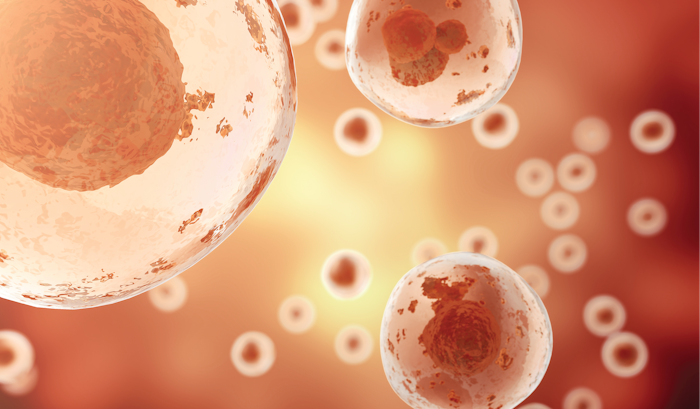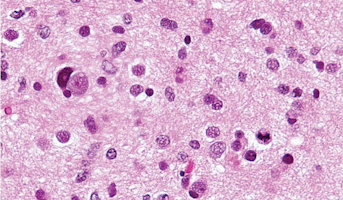Defining the Role of the Histone 3 (H3.3G34R) Mutation in the Pathogenesis of Pediatric High Astrocytoma
Email Principal Investigator

Cynthia Hawkins
CBTN Data
CBTN Specimen
CBTN Participants
CBTN Pre-clinical Models
Backer
CIHR
About this
Project
Pediatric high-grade astrocytomas (pHGA) diffusely infiltrate brain tissue and are very difficult to treat. A lack of targeted therapies and pediatric-specific models contribute to poor survival rates among pHGA patients. Decades of clinical trials, largely informed by work on adult brain tumors, have been ineffective at improving their treatment. However, recent DNA sequencing efforts have led to the discovery of histone H3 mutations in pHGA. The discovery of frequent H3G34R mutations in these tumors suggests that histone biology plays a critical role in their development. However, the nature of that role remains unknown. These studies will be important for understanding the biological tumorigenic function of H3G34R mutations and how they can be targeted therapeutically. Understanding the biological consequences of this mutation is required to develop effective therapies to target these tumors. The Children's Brain Tumor Network contributed to this project by providing cell lines and access to the Pediatric Brain Tumor Atlas.
Ask The
Scientists
What are the goals of this project?
Researchers seek to understand the function of histone mutations in high grade astrocytomas.
What is the impact of this project?
Understanding the role of these mutations could lead to the development of new therapies for this difficult to treat disease.
Why is the CBTN request important to this project?
This work requires rare specimens and data made accessible through the Pediatric Brain Tumor Atlas.
Specimen Data
The Children's Brain Tumor Network contributed to this project by providing cell lines and access to the Pediatric Brain Tumor Atlas.
Meet The
Team
Byungjin Kim, Graduate Student
Laura Canty, Research Technician




